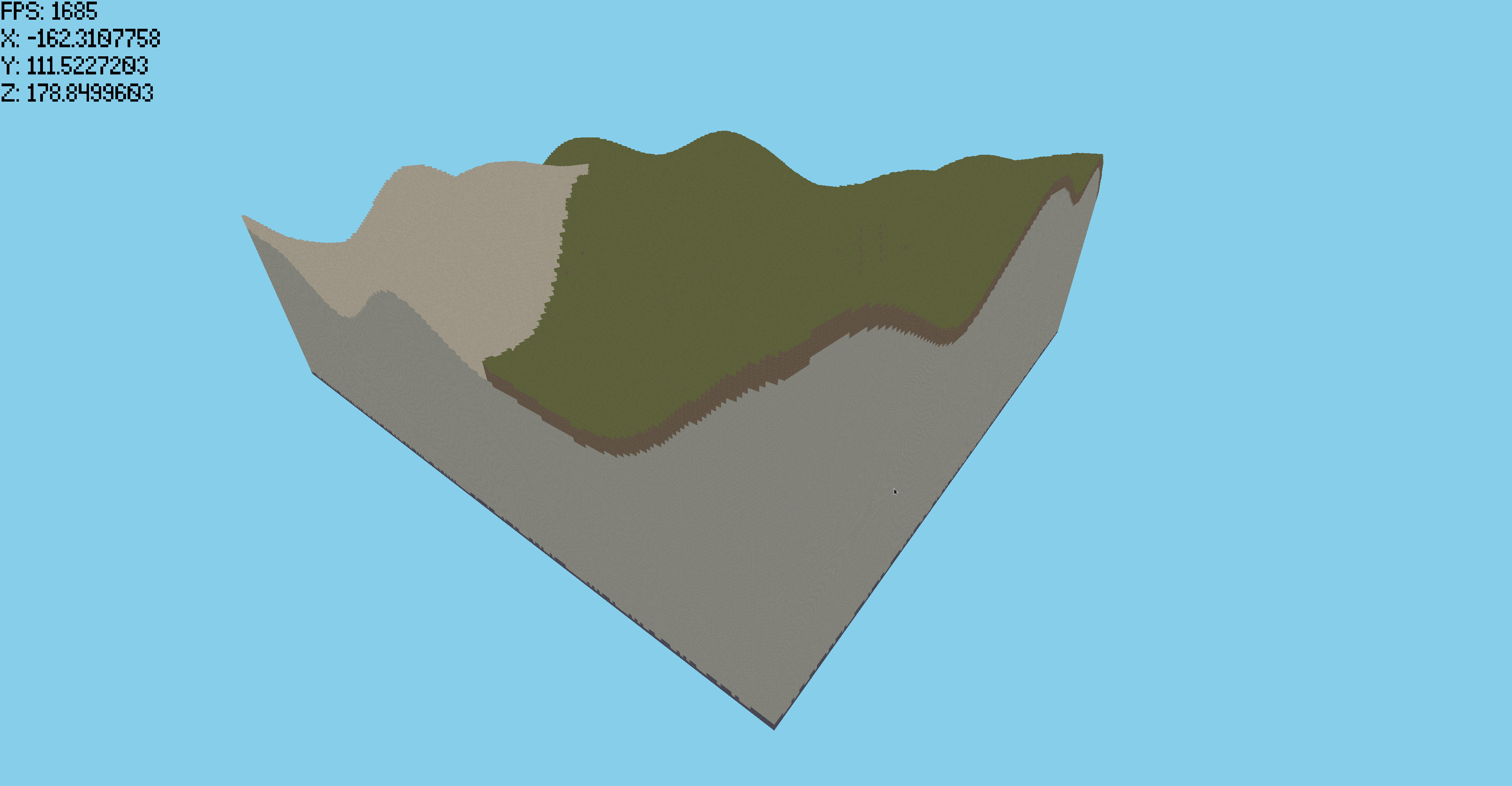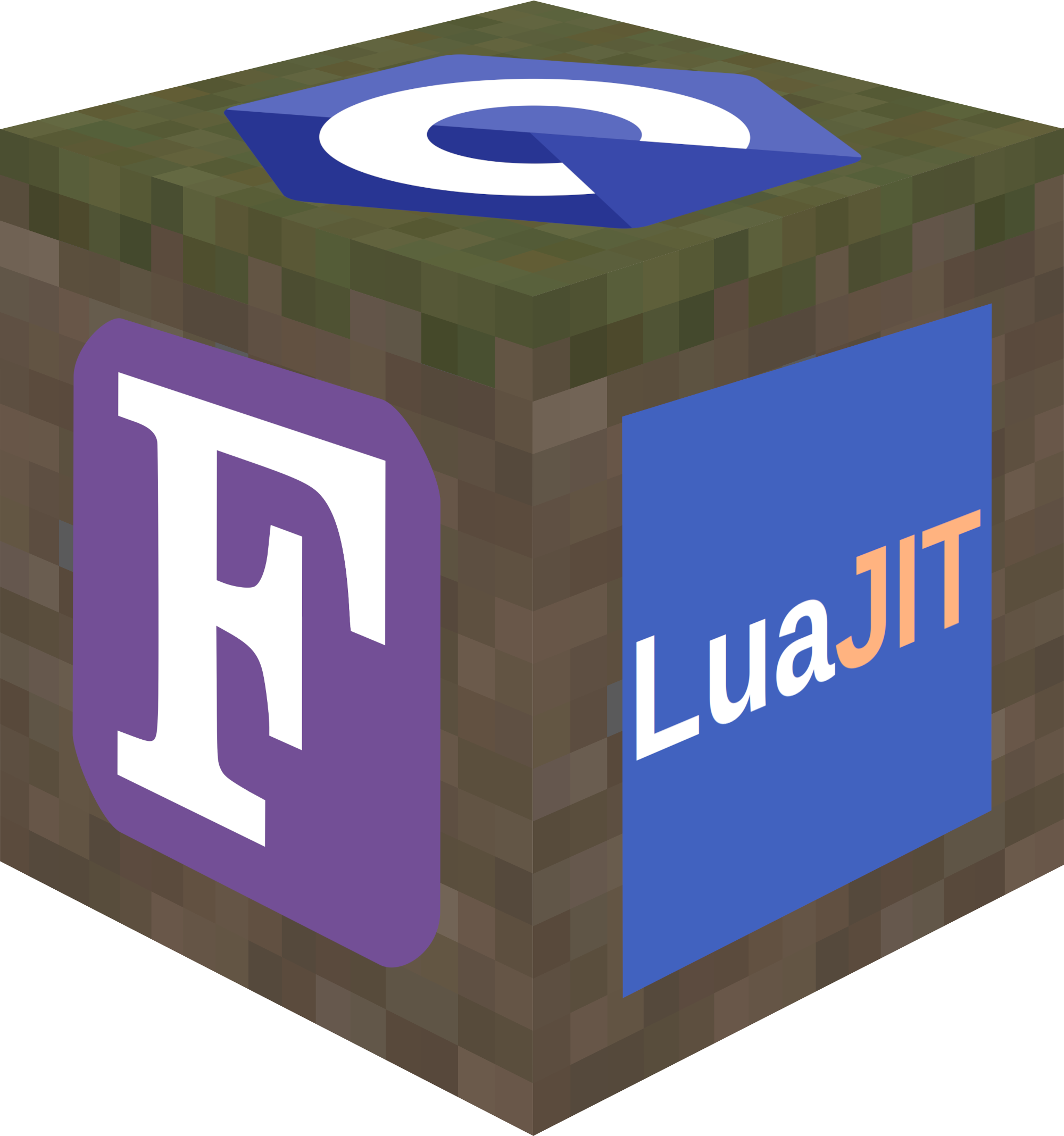A voxel game, written in Fortran, LuaJIT, and C.
I had a hard time naming this project. After much thought and research, I had an inspiration from the language creator himself, John Backus. You can see this here.
Fortran mining game. Formine.
Formine translates to molds in Italian. The type of molds you use to form things like metal casting and creating clay products.
I think this is quite fitting because Formine can not only be molded to how you envision it through the mod api, but it can also be molded with help from others due to it's open source nature.
Here is the discord for this thing: https://discord.gg/D95q7BHUE4
Also this is hand coded while looking at the glfw, opengl, stb, and luajit source code and docs so you'll have to excuse any mistakes.
This is written in Fortran 2003 up to 2023. Basically whatever my compiler (gfortran) allows.
If you like what I do, and would like to support me: My Patreon
Come join the Fortran Discord: https://discord.gg/D95q7BHUE4
Here is what this thing currently looks like.
Link: https://github.com/JOML-CI/JOML
License: MIT
Usage: Translated mat4f methods into fglm.
Link: https://github.com/jordan4ibanez/fast_pack
License: MIT
Usage: Translated from D to Fortran.
Link: https://content.minetest.net/packages/zayuim/isabellaii/
License: CC-BY-3.0
Usage: The texture pack of the game.
This is an fpm (Fortran Package Manager) project. There is a good reason for this. fpm makes working with fortran extremely easy. Think cargo for rust, or deno for typescript.
To build this project properly, get fpm here:
https://github.com/fortran-lang/fpm
(You get the latest one in github releases.)
Then you can simply rename the executable to fpm and move it into the system bin location as so (if it's in your Downloads folder on Linux):
cd Downloads/
mv fpm-* fpm
chmod +x fpm
sudo mv fpm /usr/bin/
Now you should be able to run fpm anywhere in your system. :)
sudo dnf install gfortran mesa-libGL-devel glfw-devel git
sudo apt install make gfortran-14 libglfw3-dev libgl-dev libstb-dev libluajit-5.1-dev git
Then I would create a symbolic link to gfortran-14 in your .local/bin/ directory via:
ln -s /usr/bin/gfortran-14 .local/bin/gfortran
(You might have to add .local/bin into your PATH)
Or you can just change the Makefile to use gfortran-14, but that's annoying.
Note: this was tested on a 2014 mac mini running Mac OS 15 Sequoia. If this breaks, let me know.
You're going to need MacPorts.
Well first, you're going to need to edit your .zshrc to add a non-standard path.
Add this to .zshrc:
export LIBRARY_PATH=$LIBRARY_PATH:/usr/local/lib
Homebrew
brew tap fortran-lang/homebrew-fortran
brew install gfortran fpm glfw luajit
You must switch the link flags in the fpm.toml to the mac one!
Then you simply run make.
make
You need to be sure you open MSYS2 UCRT64 or else it will not work.
pacman -S base-devel mingw-w64-ucrt-x86_64-fpm mingw-w64-ucrt-x86_64-gcc-fortran git mingw-w64-ucrt-x86_64-glfw mingw-w64-ucrt-x86_64-luajit
You must switch the link flags in the fpm.toml to the windows one!
Make sure you git clone the project into the root directory of MSYS2 or else this will not work!
cd /
git clone https://github.com/jordan4ibanez/Formine
cd Formine/
make windows
This is using gfortran, gfortran is very buggy. This might be using some bugs which only come with gfortran. Test it in ifort for me to see where it is wrong. Note: this uses fortran 14+, if you use this in 13.2 expect it to blow up trying to compile.
(I am not an artist)

